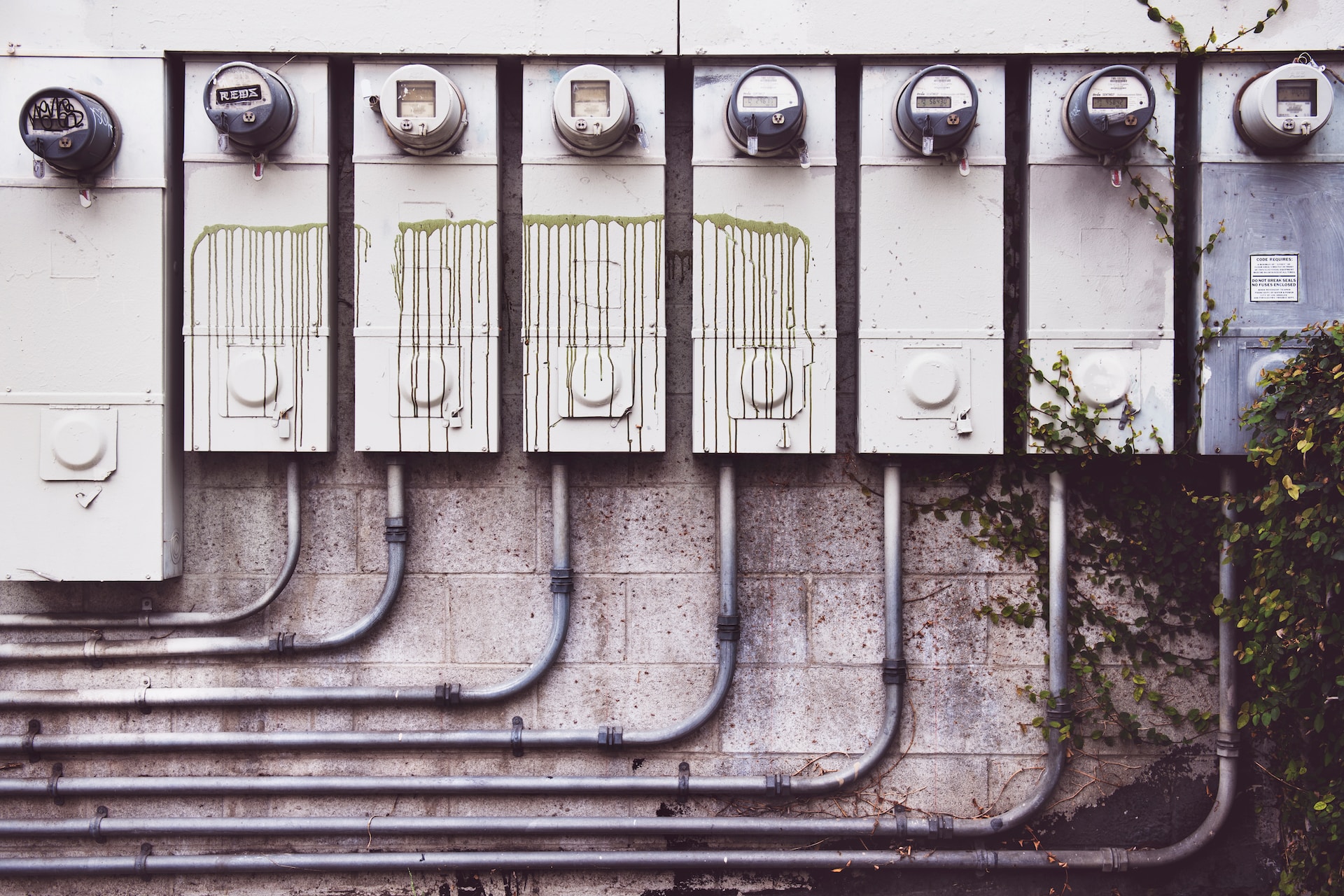Electrical problems related to tripped circuit breakers are common in our homes. This can be both frustrating and potentially dangerous, as it can cause unexpected power outages. So, it is important to understand the common reasons why circuit breakers trip and know the proper solutions to resolve them.
Common Reasons for Tripping Circuit Breakers
When the circuit breaker trips, it means it has detected an electrical overload or short circuit in your electrical circuit. Here are some of the common reasons why this happens:
1. electrical overload
Electrical overloading occurs when you connect too many electrical appliances or equipment to one circuit. This can be caused by excessive use of electrical outlets, for example when you plug multiple devices or chargers into a single power strip. To solve this problem, distribute your electrical devices over different circuits and avoid connecting too many devices at the same time.
2. short circuit
A short circuit occurs when the positive and negative electrical wires come into direct contact. This could be due to poorly insulated wires, rodent damage, or electrical installation errors. To resolve this problem, locate the short by checking the wires and using a circuit tester device. Once you have identified the area of the short circuit, call a professional electrician to repair the damaged wires.
3. problems with electrical appliances
Some faulty electrical appliances can also cause circuit breakers to trip. For example, a device with an internal short circuit or motor failure can cause an electrical overload. In this case, the solution is to unplug all devices from the outlet and test them one by one to identify which one is faulty. Repair or replace the device causing the problem.
4. Problems with the circuit breaker itself
In some cases, the circuit breaker itself may be faulty and cause frequent trips. This may be due to wear, overheating or improper calibration of the circuit breaker. If you suspect the circuit breaker is the cause of the problem, it is best to call an electrician to evaluate and replace the breaker if necessary.
Solutions for Blowing Circuit Breakers
Now that we’ve identified the common reasons for tripping circuit breakers, let’s explore solutions to resolve them:
1. distribute electrical charges
Make sure to distribute electrical loads evenly across different circuits to avoid electrical overloads. Avoid connecting too many electrical devices to one outlet and use power strips with surge protection to spread the load.
2. check the electrical wires
Make sure your electrical wires are well insulated and in good condition. Also check for signs of rodent damage, as this can lead to short circuits. If you notice any problems with your electrical wires, call a professional electrician to repair or replace them.
3. test your electrical appliances
If you suspect one of your devices is faulty, unplug them all and test them one by one to identify which one is causing the problem. Repair or replace the faulty device to avoid circuit breaker problems.
4. Have your circuit breaker checked
If you have followed all of the previous steps and the problem persists, it may be necessary to have your circuit breaker checked by a professional electrician. They will be able to assess if it is defective or poorly calibrated, and replace it if necessary.
The importance of regular maintenance to prevent circuit breaker problems
The existing article covers common causes and solutions for tripping circuit breakers in detail. However, an often overlooked, but equally crucial, aspect is regular maintenance of your home’s electrical system to prevent these problems before they even arise. Proactive attention can not only save you from frequent frustrations but also extend the life of your electrical installation.
Circuit maintenance
Maintaining your electrical circuits is a good place to start. Since electrical installations are often hidden within the walls of your home, they are usually forgotten about until a problem arises. An annual inspection by a professional checks the condition of the wires, the insulation and the possible presence of damage caused by rodents. This step can significantly reduce the risk of a short circuit.
Renewal of old devices
The electrical appliances you use every day age, just like any other object in your home. Their wear can be a source of problems, even if the device seems to be working properly. Replacing old appliances or having them serviced can therefore reduce the load on your electrical circuit, which in turn can minimize the risk of circuit breaker trips.
Circuit breaker monitoring
The circuit breaker itself can sometimes be the cause of frequent trips, especially if it is old or of poor quality. A professional electrician can perform specific tests to verify its effectiveness and recommend replacement if necessary. Preventative circuit breaker maintenance, including regular cleaning and lubrication, can also help keep it functioning properly.
Awareness and training
It can be beneficial to educate everyone in your household about how your electrical system works and the risks associated with overloads and short circuits. Simply knowing how to react when a circuit breaker trips can make all the difference in avoiding potentially dangerous situations.













